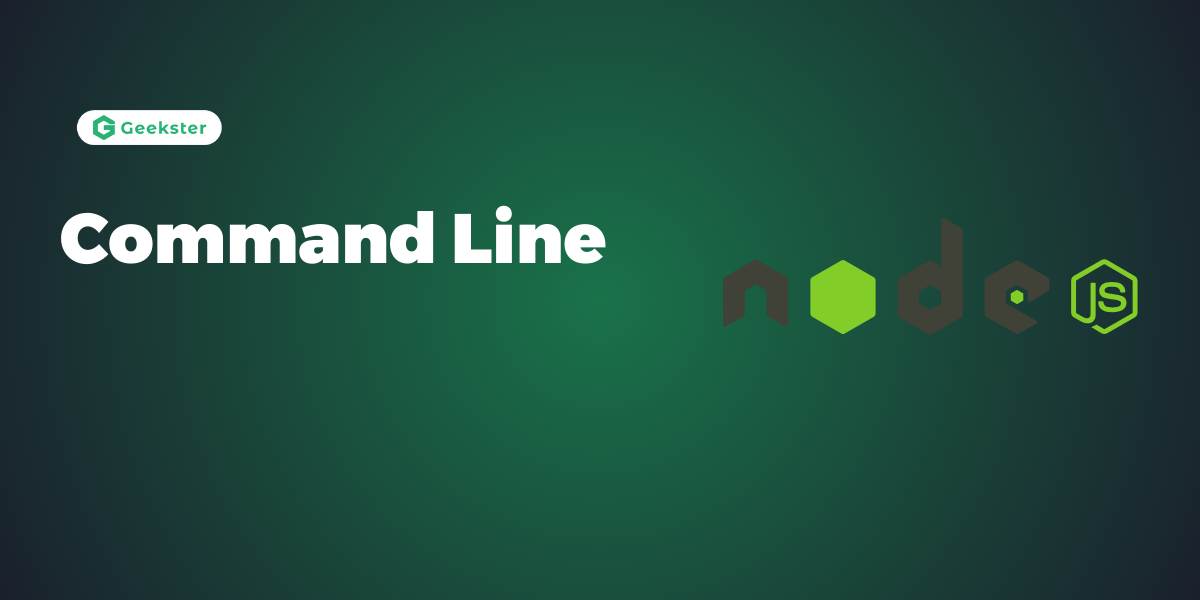Introduction
Command line options are a crucial aspect of building robust and versatile Node.js applications. They enable developers to configure and customize the behavior of their programs directly.
Command line options, also known as flags or switches, are parameters passed to a program when it is executed from the CMD interface (CLI). These options modify the behavior of the program by specifying various settings, parameters, or actions.
Features of Command-Line Options
- Customization: CMD options allow developers to customize the behavior of their Node.js applications without modifying the source code.
- Flexibility: CMD provide flexibility not only in configuring parameters such as file paths, input/output formats, verbosity levels, and more, but also in adapting to diverse user needs.
- Consistency: CMD options promote consistency across different environments and deployments by enabling standardization of configuration parameters.
- Ease of Use: Users can easily interact with Node.js applications by passing CMD options directly from the terminal, making it convenient to configure and control program behavior.
- Integration with CLI Frameworks: CMD options seamlessly integrate with popular CLI frameworks like Commander.js and Yargs, simplifying option parsing and validation.
Advantages of Command-Line Options
- Configurability: These options empower users to tailor the behavior of an application to suit their specific requirements, enhancing usability and user satisfaction.
- Automation: They enable automation of tasks and workflows by allowing developers to specify default values and automate repetitive tasks using shell scripts or automation tools.
- Debugging and Diagnostics: CMD options facilitate debugging and diagnostics by providing granular control over logging levels, error reporting, and other diagnostic features.
- Ease of Deployment: Applications with well-defined interfaces are easier to deploy and manage in various environments, including cloud platforms, containerized environments, and serverless architectures.
- Interoperability: CMD options promote interoperability by enabling seamless integration with other CMD tools, libraries, and systems.
Code
1. Parsing Command-Line Options using process.argv:
const optionIndex = process.argv.indexOf('--verbose');
const verboseMode = optionIndex !== -1;
console.log('Verbose mode:', verboseMode);
2. Parsing Command-Line Options using Yargs:
const argv = require('yargs').argv;
console.log('Verbose mode:', argv.verbose);Conclusion
Command-line options are a powerful feature of Node.js that enable developers to create versatile, configurable, and user-friendly applications. They provide flexibility in configuring parameters such as file paths. Additionally, they offer options for adjusting input/output formats. Moreover, users can control verbosity levels according to their preferences. Overall, these features enhance customization and adaptability.
Frequently Asked Questions
You can parse command-line options in Node.js using built-in modules like process.argv or by using third-party libraries such as Commander.js or Yargs
Positional arguments are CMD arguments that are not preceded by a flag or switch. They are typically used to specify non-optional parameters like file paths or URLs.
Yes, you can define default values for CMD options to provide fallback values when an option is not explicitly specified by the user.

